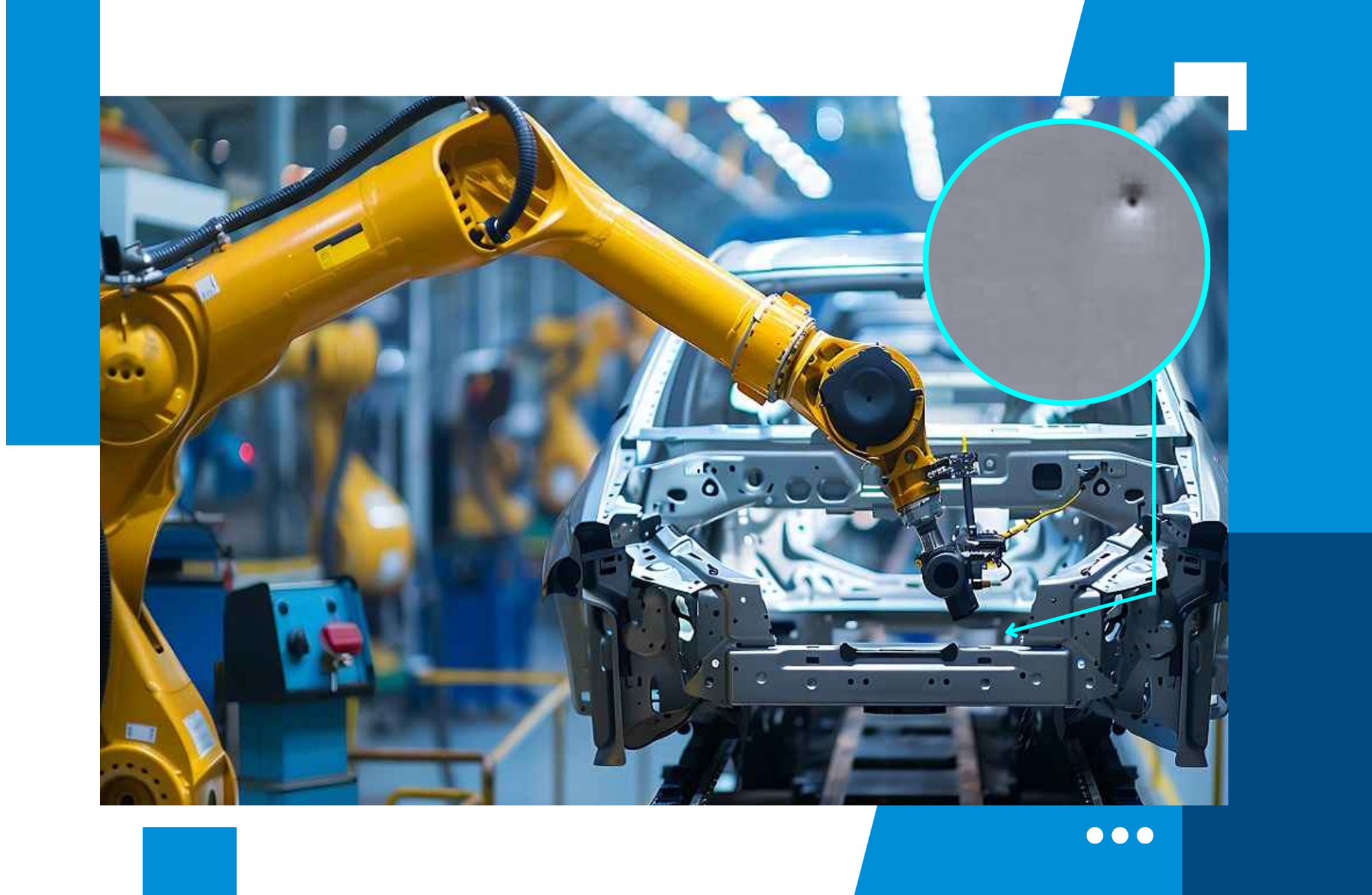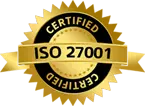Large Part Inspection in Manufacturing: Machine Vision AI for Hole Inspection for Quality Assurance and Part Indentification
Published on: Jan 22, 2025

Written by: Content team, Intelgic
Large Part Inspection in Manufacturing: Machine Vision AI for Hole Inspection for Quality Checking and Part Identification
In large-scale manufacturing industries, such as automotive and aerospace, precision and accuracy are paramount. Operations like threading holes, drilling holes, and positioning them correctly are common but critical processes. With the advent of Machine Vision AI technologies, manufacturers can now automate the inspection of these operations, ensuring optimal quality and efficiency.

Applications of Machine Vision AI in Hole Inspection
Quality Inspection of Large Parts
Machine Vision AI can perform the following tasks to ensure quality:
- Hole Counting: The system can count the number of holes on large components such as automotive panels, chassis, and door panels.
- Coordinate Measurement: By identifying the exact position of each hole, Machine Vision ensures that holes are drilled or threaded in the correct locations.
- Distance Measurement: The technology calculates the distance between consecutive holes, ensuring uniformity and adherence to design specifications.
- Hole Verification: It can determine whether the holes are through holes or blind holes.
- Thread Inspection: For smaller components, Machine Vision systems can inspect whether threading has been performed correctly.
Part Identification Post-Processing
In many manufacturing processes, parts undergo treatments such as powder coating, painting, or plating, which often obscure labels or markings. Machine Vision AI addresses this challenge by:
- Counting unique features like holes.
- Measuring coordinates and dimensions for accurate part identification.
- Ensuring traceability of components throughout the production line.
Inspection Methods
Stationary Inspection
In stationary setups, parts are placed in designated booths where cameras and lighting systems are strategically positioned to capture the full field of view (FOV). Key considerations include:
- Camera Placement: Ensuring optimal coverage for large parts.
- Lighting: Proper illumination to avoid shadows and reflections that may affect image quality.
- Accuracy: High-resolution cameras and advanced AI algorithms analyze features precisely.
Moving Conveyor Inspection
When parts move along chain conveyors or similar systems, the Machine Vision setup requires:
- High-Speed Cameras: Capturing images without motion blur.
- Encoders: Integrated with the vision system to synchronize imaging with conveyor speed.
- AI Detection: Real-time analysis of part features such as hole count, positions, and dimensions.
Benefits of Machine Vision AI in Hole Inspection
- Improved Accuracy: Eliminates human error, ensuring precise measurements and defect detection.
- Increased Efficiency: Reduces inspection time, enabling faster production cycles.
- Cost Savings: Minimizes waste and rework by detecting defects early.
- Versatility: Adapts to a variety of parts, materials, and inspection requirements.
Machine Vision AI is revolutionizing the manufacturing industry by providing reliable, automated solutions for hole inspection and part identification. Whether in stationary setups or moving conveyor lines, this technology ensures unmatched precision, efficiency, and quality.
By implementing Machine Vision systems, manufacturers can achieve superior quality assurance, streamline operations, and maintain a competitive edge in today’s fast-paced industrial landscape.

